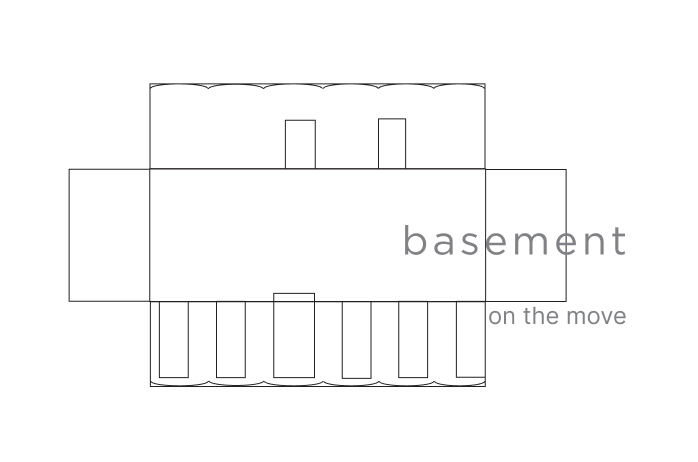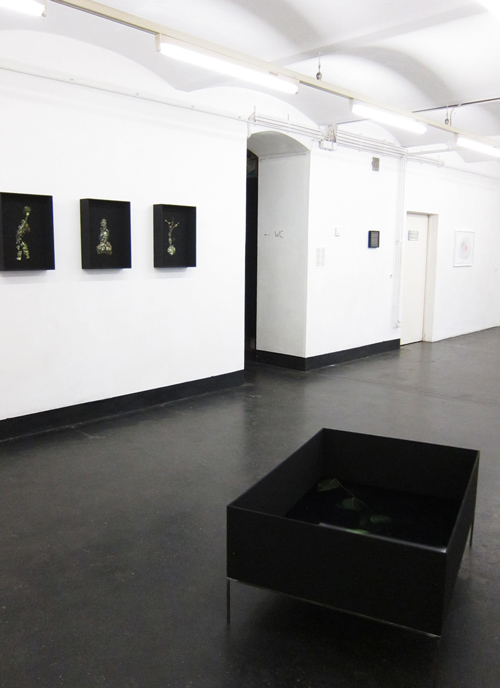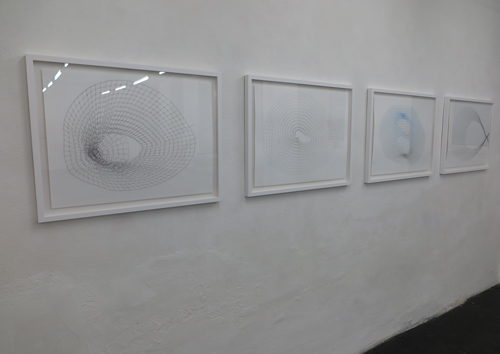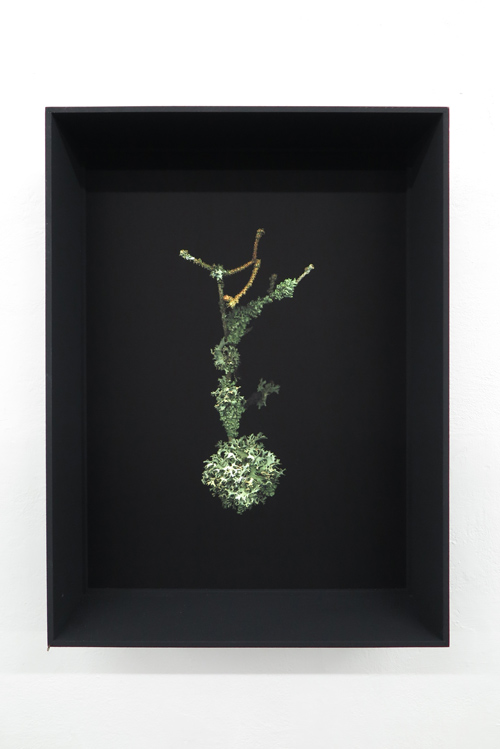mit: Michaela Brückmüller (A), Kamilla Szij (H)
Vernissage: Freitag, 19. Oktober, 2018, 19 Uhr
Ausstellung: 20. Oktober – 4. November 2018
Zur Ausstellung: Dr. Leo Hemetsberger
In der sechsten Ausstellung zu diesem Thema sehen wir Arbeiten von Michaela Bruckmüller und Kamilla Szij. Während Bruckmüller sich in ihren Fotografien mit der Raumerfassung and Analyse von Raumtiefe und Illusion beschäftigt, lässt Szij den Raum durch Überlagerung und Konstruktion von organischen Flächen wachsen und entstehen. Bruckmüller sucht und konstruriert die Dunkelheit um ihre Objekte. Szij versorgt unsere Perzeption mit immer neuen Lichtquellen; die immense Anhäufung von Linien und Strichen lässt den Betrachter in eine neue Welt tauchen, in eine Welt die sowohl Struktur als auch mikroskopische Welten erfasst.
Michaela Bruckmüller (A)
Michaela Bruckmüller widmet sich in ihren fotografischen Rauminstallationen den Relationen von Oberfläche und Raum sowie von Licht und Dunkelheit. Die unterschiedliche Beschaffenheit der Oberflächen der belichteten Papiere dient ihr zur Analyse der Raumwahrnehmung und die Lichtzeichnung ist ihr ein Zugang, um gerade das Fehlen von Licht zu untersuchen. Dunkelheit ist in den Arbeiten von Michaela Bruckmüller eine unwägbare existentielle Tiefe, die sich als Raumillusion einstellt.
(Astrid Kury)
Kamilla Szij (H)
„In her recent drawings the process of creation becomes evident for the attentive viewer. The organically ever growing surfaces and structures, constructed of innumerable tiny lines, as in old monastic works, surrender to time, and, almost as a devotion are born as humble offerings. The essence of the works created by nuns or in nunneries, with meticulous care, is an expression of admiration towards God. The hope of establishing a relationship with him, is reached thorough long lasting, monotonous work that needs attention – which happens as a kind of prayer in silent concentration. Certainly the resemblance holds only for the method, the way of creation, and does not for its purpose, although both activities orient towards the inner world. Drawing the many thousand little lines could be a repetitive but liberating pursuit, like the crooning of a mantra, the inner work of a meditation. In comparison to the previous works of Kamilla Szij, the structure is much more bound here: after the universal scale, we entered a different world. The great sizes remain, but the telescope with which we view the world, has been substituted for a microscope. The biological structures are not likely conscious compositions, rather self evolving systems. Here one might feel musical pulsation, melodies here and there, and at the same time, the invisible laws of mathematics hiding behind all that exists.”
(Zsolt Kishonty)









